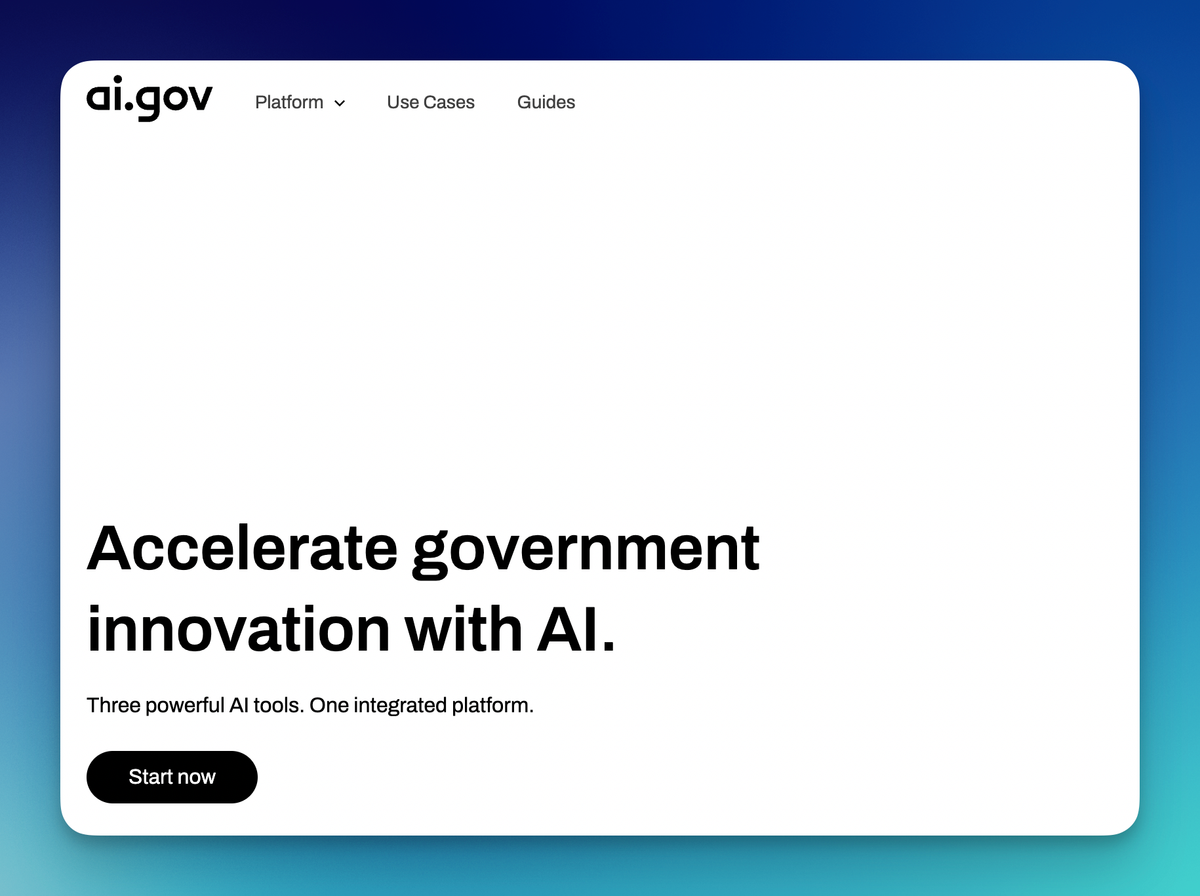Apple just proved AI "reasoning" models like Claude, DeepSeek-R1, and o3-mini don't actually reason at all. They just memorize patterns really well.
-
lol is this news? I mean we call it AI, but it’s just LLM and variants it doesn’t think.
"It's part of the history of the field of artificial intelligence that every time somebody figured out how to make a computer do something—play good checkers, solve simple but relatively informal problems—there was a chorus of critics to say, 'that's not thinking'." -Pamela McCorduck´.
It's called the AI Effect.As Larry Tesler puts it, "AI is whatever hasn't been done yet.".
-
LOOK MAA I AM ON FRONT PAGE
You know, despite not really believing LLM "intelligence" works anywhere like real intelligence, I kind of thought maybe being good at recognizing patterns was a way to emulate it to a point...
But that study seems to prove they're still not even good at that. At first I was wondering how hard the puzzles must have been, and then there's a bit about LLM finishing 100 move towers of Hanoï (on which they were trained) and failing 4 move river crossings. Logically, those problems are very similar... Also, failing to apply a step-by-step solution they were given.
-
LOOK MAA I AM ON FRONT PAGE
So they have worked out that LLMs do what they were programmed to do in the way that they were programmed? Shocking.
-
The difference between reasoning models and normal models is reasoning models are two steps, to oversimplify it a little they prompt "how would you go about responding to this" then prompt "write the response"
It's still predicting the most likely thing to come next, but the difference is that it gives the chance for the model to write the most likely instructions to follow for the task, then the most likely result of following the instructions - both of which are much more conformant to patterns than a single jump from prompt to response.
But it still manages to fuck it up.
I've been experimenting with using Claude's Sonnet model in Copilot in agent mode for my job, and one of the things that's become abundantly clear is that it has certain types of behavior that are heavily represented in the model, so it assumes you want that behavior even if you explicitly tell it you don't.
Say you're working in a yarn workspaces project, and you instruct Copilot to build and test a new dashboard using an instruction file. You'll need to include explicit and repeated reminders all throughout the file to use yarn, not NPM, because even though yarn is very popular today, there are so many older examples of using NPM in its model that it's just going to assume that's what you actually want - thereby fucking up your codebase.
I've also had lots of cases where I tell it I don't want it to edit any code, just to analyze and explain something that's there and how to update it... and then I have to stop it from editing code anyway, because halfway through it forgot that I didn't want edits, just explanations.
-
This sort of thing has been published a lot for awhile now, but why is it assumed that this isn't what human reasoning consists of? Isn't all our reasoning ultimately a form of pattern memorization? I sure feel like it is. So to me all these studies that prove they're "just" memorizing patterns don't prove anything other than that, unless coupled with research on the human brain to prove we do something different.
You've hit the nail on the head.
Personally, I wish that there's more progress in our understanding of human intelligence.
-
This sort of thing has been published a lot for awhile now, but why is it assumed that this isn't what human reasoning consists of? Isn't all our reasoning ultimately a form of pattern memorization? I sure feel like it is. So to me all these studies that prove they're "just" memorizing patterns don't prove anything other than that, unless coupled with research on the human brain to prove we do something different.
Agreed. We don't seem to have a very cohesive idea of what human consciousness is or how it works.
-
No, and to make that work using the current structures we use for creating AI models we’d probably need all the collective computing power on earth at once.
...... So you're saying there's a chance?
-
LOOK MAA I AM ON FRONT PAGE
Employers who are foaming at the mouth at the thought of replacing their workers with cheap AI:
🫢
-
You know, despite not really believing LLM "intelligence" works anywhere like real intelligence, I kind of thought maybe being good at recognizing patterns was a way to emulate it to a point...
But that study seems to prove they're still not even good at that. At first I was wondering how hard the puzzles must have been, and then there's a bit about LLM finishing 100 move towers of Hanoï (on which they were trained) and failing 4 move river crossings. Logically, those problems are very similar... Also, failing to apply a step-by-step solution they were given.
This paper doesn’t prove that LLMs aren’t good at pattern recognition, it demonstrates the limits of what pattern recognition alone can achieve, especially for compositional, symbolic reasoning.
-
Just fancy Markov chains with the ability to link bigger and bigger token sets. It can only ever kick off processing as a response and can never initiate any line of reasoning. This, along with the fact that its working set of data can never be updated moment-to-moment, means that it would be a physical impossibility for any LLM to achieve any real "reasoning" processes.
Unlike Markov models, modern LLMs use transformers that attend to full contexts, enabling them to simulate structured, multi-step reasoning (albeit imperfectly). While they don’t initiate reasoning like humans, they can generate and refine internal chains of thought when prompted, and emerging frameworks (like ReAct or Toolformer) allow them to update working memory via external tools. Reasoning is limited, but not physically impossible, it’s evolving beyond simple pattern-matching toward more dynamic and compositional processing.
-
does ANY model reason at all?
Define reason.
Like humans? Of course not. They lack intent, awareness, and grounded meaning. They don’t “understand” problems, they generate token sequences.
-
There are search engines that do this better. There’s a world out there beyond Google.
Like what?
I don’t think there’s any search engine better than Perplexity. And for scientific research Consensus is miles ahead.
-
Unlike Markov models, modern LLMs use transformers that attend to full contexts, enabling them to simulate structured, multi-step reasoning (albeit imperfectly). While they don’t initiate reasoning like humans, they can generate and refine internal chains of thought when prompted, and emerging frameworks (like ReAct or Toolformer) allow them to update working memory via external tools. Reasoning is limited, but not physically impossible, it’s evolving beyond simple pattern-matching toward more dynamic and compositional processing.
Reasoning is limited
Most people wouldn't call zero of something 'limited'.
-
Reasoning is limited
Most people wouldn't call zero of something 'limited'.
The paper doesn’t say LLMs can’t reason, it shows that their reasoning abilities are limited and collapse under increasing complexity or novel structure.
-
But it still manages to fuck it up.
I've been experimenting with using Claude's Sonnet model in Copilot in agent mode for my job, and one of the things that's become abundantly clear is that it has certain types of behavior that are heavily represented in the model, so it assumes you want that behavior even if you explicitly tell it you don't.
Say you're working in a yarn workspaces project, and you instruct Copilot to build and test a new dashboard using an instruction file. You'll need to include explicit and repeated reminders all throughout the file to use yarn, not NPM, because even though yarn is very popular today, there are so many older examples of using NPM in its model that it's just going to assume that's what you actually want - thereby fucking up your codebase.
I've also had lots of cases where I tell it I don't want it to edit any code, just to analyze and explain something that's there and how to update it... and then I have to stop it from editing code anyway, because halfway through it forgot that I didn't want edits, just explanations.
I’ve also had lots of cases where I tell it I don’t want it to edit any code, just to analyze and explain something that’s there and how to update it… and then I have to stop it from editing code anyway, because halfway through it forgot that I didn’t want edits, just explanations.
I find it hilarious that the only people these LLMs mimic are the incompetent ones. I had a coworker that changed things when asked to explain constantly.
-
The paper doesn’t say LLMs can’t reason, it shows that their reasoning abilities are limited and collapse under increasing complexity or novel structure.
I agree with the author.
If these models were truly "reasoning," they should get better with more compute and clearer instructions.
The fact that they only work up to a certain point despite increased resources is proof that they are just pattern matching, not reasoning.
-
The "Apple" part. CEOs only care what companies say.
Apple is significantly behind and arrived late to the whole AI hype, so of course it's in their absolute best interest to keep showing how LLMs aren't special or amazingly revolutionary.
They're not wrong, but the motivation is also pretty clear.
-
"It's part of the history of the field of artificial intelligence that every time somebody figured out how to make a computer do something—play good checkers, solve simple but relatively informal problems—there was a chorus of critics to say, 'that's not thinking'." -Pamela McCorduck´.
It's called the AI Effect.As Larry Tesler puts it, "AI is whatever hasn't been done yet.".
That entire paragraph is much better at supporting the precise opposite argument. Computers can beat Kasparov at chess, but they're clearly not thinking when making a move - even if we use the most open biological definitions for thinking.
-
I agree with the author.
If these models were truly "reasoning," they should get better with more compute and clearer instructions.
The fact that they only work up to a certain point despite increased resources is proof that they are just pattern matching, not reasoning.
Performance eventually collapses due to architectural constraints, this mirrors cognitive overload in humans: reasoning isn’t just about adding compute, it requires mechanisms like abstraction, recursion, and memory. The models’ collapse doesn’t prove “only pattern matching”, it highlights that today’s models simulate reasoning in narrow bands, but lack the structure to scale it reliably. That is a limitation of implementation, not a disproof of emergent reasoning.
-
LOOK MAA I AM ON FRONT PAGE
While I hate LLMs with passion and my opinion of them boiling down to being glorified search engines and data scrapers, I would ask Apple: how sour are the grapes, eh?
edit: wording







